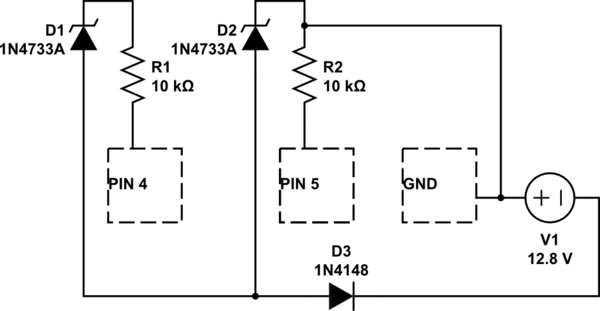Your mistake probably only took out the zeners. You don't say what the zener voltage is, but I'm assuming well below 12 V.
The 10 kΩ resistors should have protected the processor pins from physical damage. You don't say what voltage the processor is running at. Even if it was 3.3 V, that leaves 8.6 V across the resistors, which would cause less than a milliamp to flow thru the protection diodes. The chip may not operate correctly, but probably didn't get damaged.
There is one exception to this, which is if the chip was powered up during the time the 12 V was applied. That could cause it to become a big SCR that latches on across the power pins. Depending on how beefy the power supply was, this could damage the chip.
1.8 V being interpreted as a logic high isn't itself a problem without a spec. For example, with 3.3 V power and the high/low guaranteed thresholds being 40% and 60% of the supply, anything above 1.3 V could be interpreted as high. Without proper specs, you can't say there is anything broken here.
Pin voltage specs
You say the "high voltage" spec is 60% of the power voltage, which in this case was 5 V. First, just "high voltage" isn't the name of any pin spec. Actually read the datasheet. You are probably quoting the minimum guaranteed high voltage, but that's not the relevant spec here. That's the voltage above which the chip always promises to report a logic high level.
What you want to know is below what voltage it promises to always report a logic low level. Anything above that level could be interpreted as high, so actually getting a high level doesn't prove anything is wrong. For example, if the maximum guaranteed logic low level is 30% of the power voltage, then you only have a problem if you get a logic high with less than 1.5 V in.

